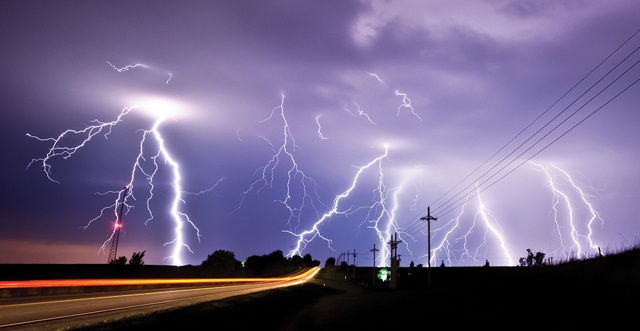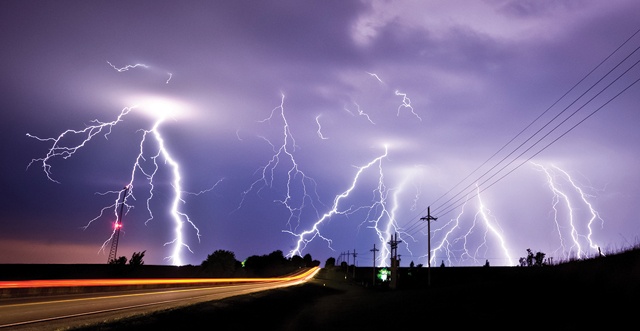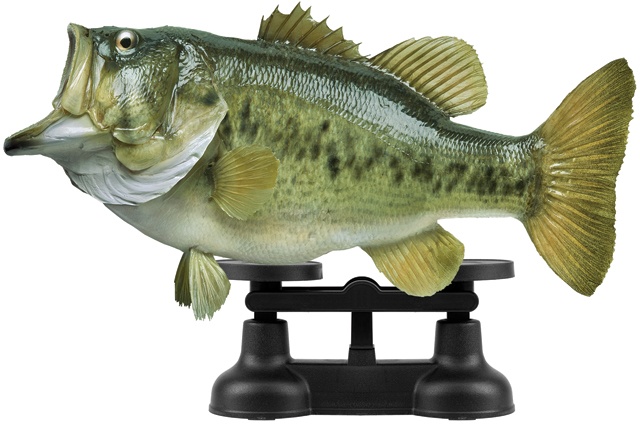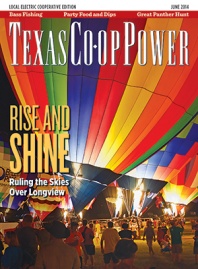We take lightning seriously and hope you do, too. Follow these rules from the National Weather Service and be safe during storms. On a less serious note, did you near about the one that didn’t get away?
When Lightning Roars, Go Indoors!
That’s the National Weather Service’s rule of thumb when it comes to the dangers of lightning. Lightning Safety Awareness Week is June 22-28, and we want you to be aware of lightning’s hazards as you begin your summer of outdoor fun.
Lightning killed 23 people in the United States—including two in Texas—in 2013, the lowest figure since weather officials began keeping records in 1940, according to the National Oceanic and Atmospheric Administration. The deadliest year was 1943, when 432 people were struck and killed.
During thunderstorms, follow these reminders from the National Weather Service:
• No place outside is safe when thunderstorms are in the area.
• If you hear thunder, lightning is close enough to strike.
• When you hear thunder, immediately move to a substantial building with electricity or plumbing or an enclosed, metal-topped vehicle with the windows up.
• Remain there at least 30 minutes after you hear the last sound of thunder.
Indoors
• Stay off corded phones, computers and other electrical equipment that put you in direct contact with electricity.
• Avoid touching plumbing, including sinks, baths and faucets.
• Stay away from windows and doors; stay off porches.
• Do not lie on concrete floors or lean against concrete walls.
Outdoors
• Immediately get off of elevated areas.
• Never lie flat on the ground.
• Never shelter under an isolated tree.
• Never use a cliff or rocky overhang for shelter.
• Immediately get out of and away from ponds, lakes and other bodies of water.
• Stay away from objects that conduct electricity (power lines, barbed wire fences, windmills, etc.).
By the Numbers: 18.18
Barry St. Clair was fishing for crappie, using minnows as bait, when he hooked an 18.18-pound bass on January 24, 1992, at Lake Fork near Quitman. That fish is the state record for largemouth bass, according to the Texas Parks and Wildlife Department. Anglers have been trying to top that ever since, including the competitors at the Texas High School Fishing State Championship in March at Central Texas’ Lake LBJ, where the biggest largemouth bass caught weighed 10 pounds, 3 ounces. “Finders, Keepers” on Page 14 puts you on the water with the teens competing for a state title.




